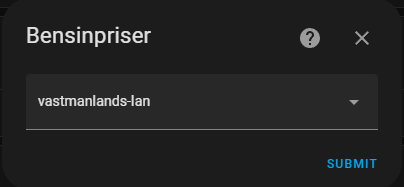sr.se
Är det inte lättare att ni mailar mig direkt 🙂 “Cybersäk på SR” ?
Men det är alltid lika kul när man ser folk med lite humor, so keep it up 🙂
Har ändrat koden så jag cache och hämtar ny data varje minut.
https://henrikhjelm.se/api/vagar.php
Är det inte lättare att ni mailar mig direkt 🙂 “Cybersäk på SR” ?
Men det är alltid lika kul när man ser folk med lite humor, so keep it up 🙂
Har ändrat koden så jag cache och hämtar ny data varje minut.
https://henrikhjelm.se/api/vagar.php

kan skapa nya prov. eller tester eller vad man vill kalla det.
lista hur det går för eleven. ai poäng inlämnat status. totalt antal rätt / fel.

Gå in och ändra om det är rätt eller fel. samt se feedback från ai. välja vilken ai modell man ska använda.
välja vilken ai modell man ska använda.
sedan finns det mer saker i systemet som ändra ai prompt och massa annat.
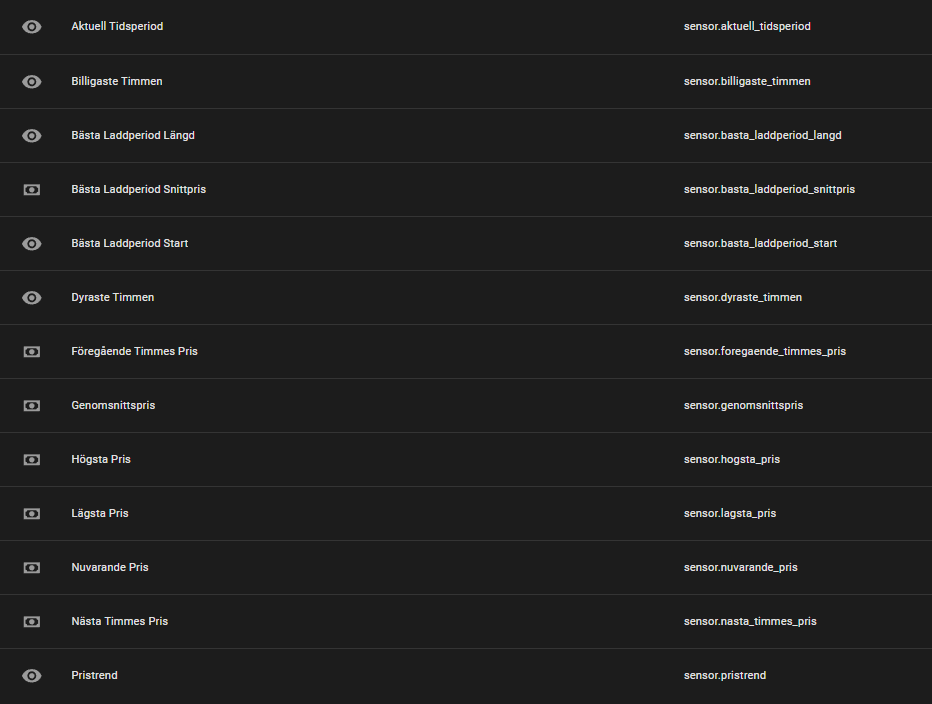

https://github.com/henrikhjelmse/elpriser
bara och lägga in den länken i hacs.
så får du välja vilket område du vill ha info om.
dum jävlarna på discord ville ha priset…
så varför inte göra det öppet för alla….
https://ai.henrikhjelm.se/
klicka på info för att läsa om hur api:et funkar som.




#!/bin/bash
# Kontrollera ledigt utrymme på rotfilsystemet
FREE_SPACE=$(df / | awk ‘NR==2 {print $4}’)
# Omvandla ledigt utrymme från block till GB (1 block = 1 KB)
FREE_SPACE_GB=$((FREE_SPACE / 1024 / 1024))
# Om ledigt utrymme är mindre än 5GB
if [ “$FREE_SPACE_GB” -lt 5 ]; then
# Hitta och ta bort den äldsta filen i den angivna mappen
OLDEST_FILE=$(find /usr/share/hassio/share/motioneye -type f -printf ‘%T+ %p\n’ | sort | head -n 1 | awk ‘{print $2}’)
if [ -n “$OLDEST_FILE” ]; then
rm “$OLDEST_FILE”
echo “Tog bort den äldsta filen: $OLDEST_FILE”
else
echo “Ingen fil att ta bort.”
fi
else
echo “Tillräckligt med utrymme tillgängligt: ${FREE_SPACE_GB}GB”

Dags för ett Nytt smart Hem system.
Mål :
Home assistant.
Kameror överallt. inne, ute, längst framme, i hytten..
streaming med obs och köra live.
Stream server.
smarta saker överallt.
En ganska fin annons på en husbil.

När man kommer till den…


30min på gården…

Update 2024-08-06:


Köpt Husvagn












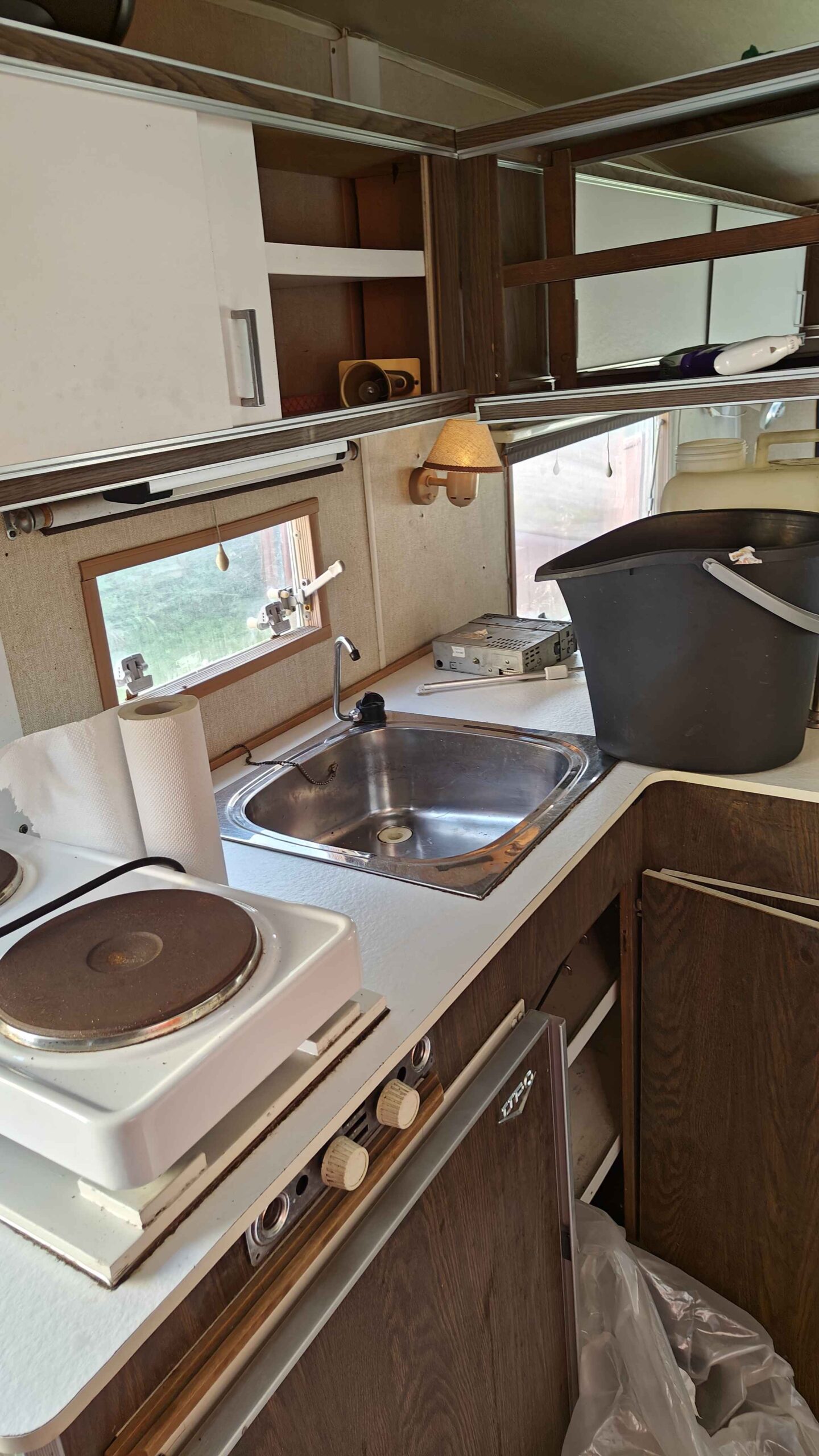

https://github.com/henrikhjelmse/svenskavagar/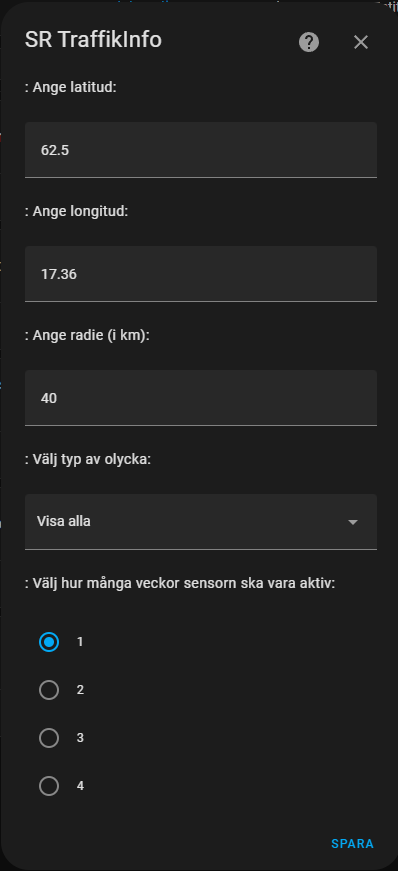



https://github.com/henrikhjelmse/youtube_latest_videos/


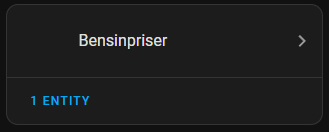
https://github.com/henrikhjelmse/bensinpriser/
